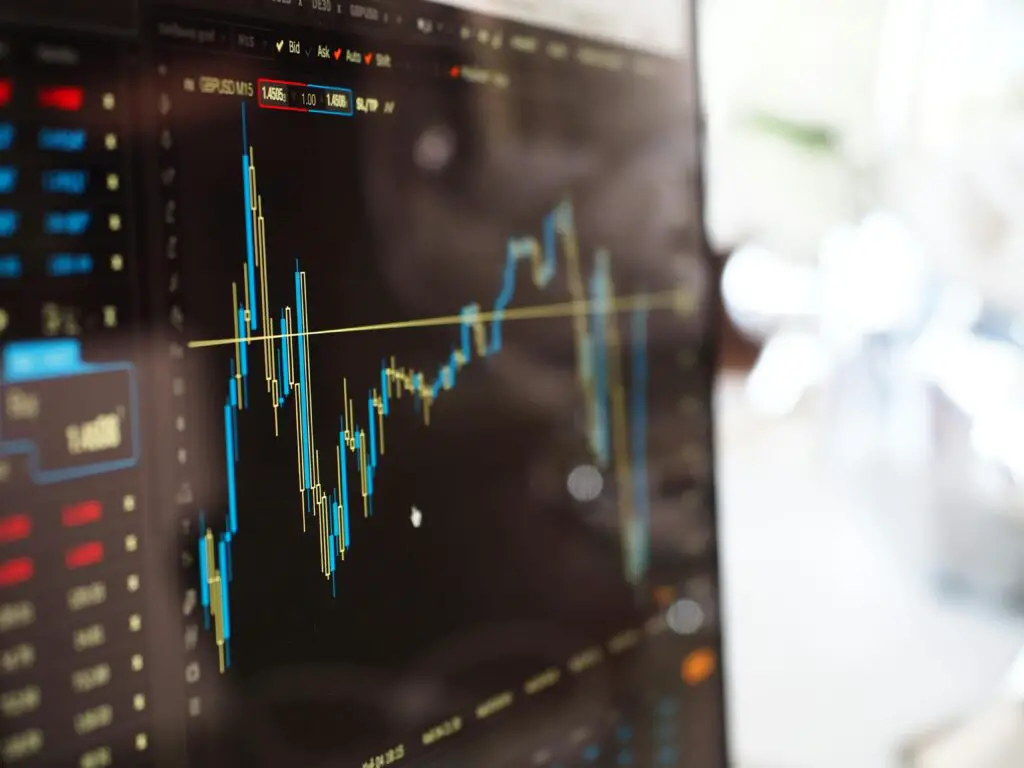
Introduction to Fundamental Analysis in Forex
What is Fundamental Analysis?
Fundamental analysis studies economic, financial, and political factors that influence a currency’s value. Unlike technical analysis, which focuses on price history and patterns, fundamentals try to explain why price moves happen — for example, a surprise interest-rate cut or an unexpected inflation print can quickly change exchange rates.
Key Drivers of Currency Value
1. Interest Rates & Central Bank Policy
Interest rates are the single most important driver. Higher rates tend to attract foreign capital seeking yield, supporting the currency. Central banks (like the Fed, ECB, BoE, RBA) use rate changes and forward guidance to control inflation and growth — traders watch meeting minutes, policy statements, and speeches for clues.
2. Inflation
Inflation measures (CPI, PCE) tell central banks whether to tighten or ease policy. Rising inflation often leads to higher rates; unexpectedly high or low inflation can trigger sharp FX moves.
3. Economic Growth & Employment
GDP, employment reports (like the U.S. Nonfarm Payrolls), and retail sales reveal how healthy an economy is. Strong growth data typically supports the domestic currency, while weakness can weigh on it.
4. Trade Balances & Current Account
Countries that export more than they import may see demand for their currency rise. Large deficits can be a long-term negative for a currency, though markets focus more on near-term drivers.
5. Geopolitics & Risk Sentiment
Geopolitical shocks, elections, and risk appetite shifts (risk-on vs risk-off) can move currencies rapidly — for example, safe-haven currencies like USD, JPY, and CHF may strengthen during risk-off episodes.
Important Economic Indicators
Traders track a handful of high-impact releases. Know the typical market reaction and the scheduled release time for each:
- Nonfarm Payrolls (NFP) — US employment report; high volatility.
- CPI / PCE — inflation measures; central-bank-relevant.
- Retail Sales — consumer spending strength.
- PMI — manufacturing and services activity readings.
- Trade Balance / GDP — broader economic performance.
Use an economic calendar (many brokers and sites provide real-time calendars) and set alerts for the releases that matter to the pairs you trade.
How Traders Use Fundamentals
There are several practical ways to incorporate fundamentals into your forex trading:
- Event-driven trades: Trading high-impact news (e.g., NFP) using straddles, breakout strategies, or staying flat through releases to avoid volatility.
- Trend confirmation: Use improving economic data and hawkish central bank signals to confirm technical trend direction.
- Long-term positioning: Fundamental views drive longer-term carry and position trades (e.g., buying high-yielding currencies in a stable growth environment).
- Risk management: Adjust position size or stop placement around scheduled events and when fundamentals change materially.
Combining Fundamentals with Technical Analysis
Best results come from combining both approaches. For instance, a bullish fundamental backdrop (rising rates, strong GDP) that aligns with technical support increases the odds of success. Use technical levels to time entries and fundamentals to identify the bias or invalidate setups.
Practical Strategy Example
Scenario: The Bank of England signals a hawkish bias and raises rates unexpectedly. The GBP/USD pair climbs but faces resistance at a technical level. A trader can:
- Identify the fundamental catalyst (BoE hawkishness).
- Wait for a technical breakout or a pullback to a support level aligned with the bullish bias.
- Enter with a stop below the recent swing low and target a measured resistance or use a trailing stop as momentum continues.
Use lower leverage and tighter risk controls around news-driven volatility.
Common Mistakes When Trading Fundamentals
- Overreacting to a single data point — look for trend and confirmation.
- Trading without a plan during high-impact news — prepare or stay out.
- Ignoring correlation and global liquidity — currencies are linked to broader markets.
Tools & Resources
Useful tools for fundamental traders include an economic calendar, central bank rate trackers, consensus forecasts, and news feeds. RFXSignals members receive curated event alerts and commentary that translate raw data into actionable trade ideas.
Further Reading
Expand your knowledge with these RFXSignals articles:
